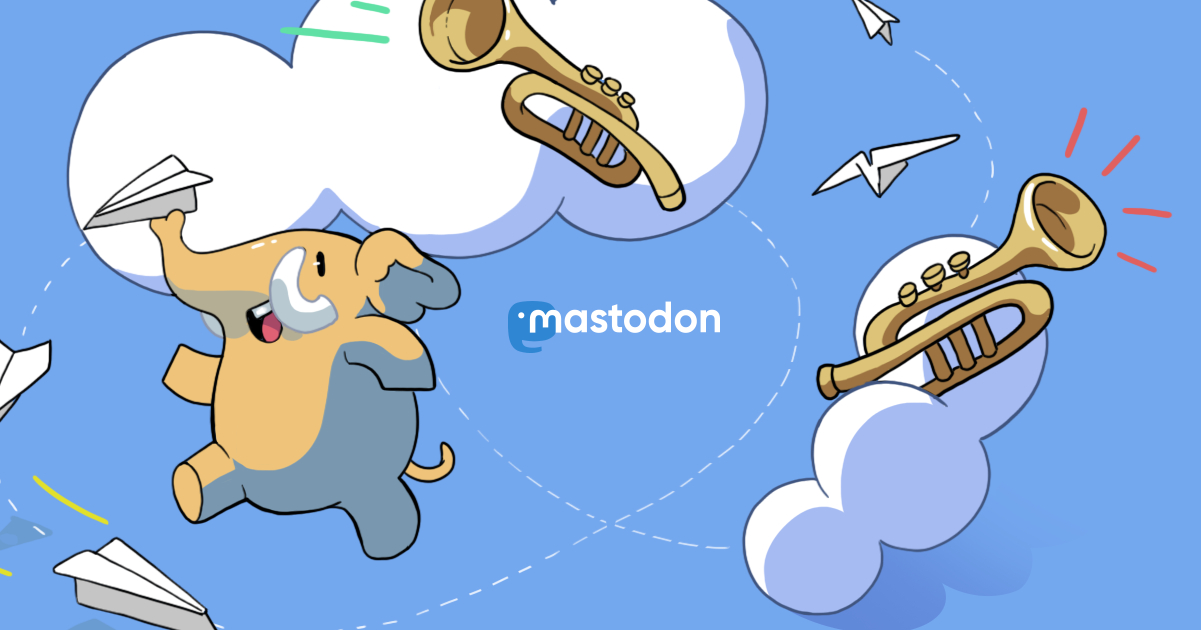To use as an example in the book, I took the latest coffee from Sulawesi which so impressed me during the initial exploratory roast and developed roasting plans not only for the dark roast version that I intend to sell, but also a medium and light roast version so I could write about the process from those different perspectives with the same coffee.
The dark roast uses a traditional S curve, often a good place to start for dark roasts as it hits the balance of producing flavors that only develop at darker roasts without completely destroying the pleasant flavors developed earlier in the roast. Especially as the coffee cools it's a medium-heavy bodied coffee with good sweetness and clove spice. A bit of smokiness on the first sip that diminishes as the coffee cools.
The light roast does the whole consistently (though slightly) declining rate of temperature change throughout and there's a pleasant acidity to the coffee. More of a juicy sweetness than a candy sweetness.
It's a nice enough example that I'm considering possibly writing up a little booklet and doing a gift pack: maybe half a pound from each roast and optionally a couple pounds of the green so that home roasters can try the coffees, read the info, and either try to replicate their favorite or improve on the results for their own preferences.
@neal I would order the three pack!! I'd have to skip the green beans though: apartment, poor ventilation, winter, no really good roasting options here.
@gnomon If you want to send a shipping address to me: neal@typica.us I can send a prototype while I work on the write up. Would be interested in knowing how well the observations hold up with other people's water.
@neal that's an awfully kind offer, thank you!! I'll definitely take you up on that. I can offer feedback based on both our local Toronto municipal water and the Third Wave Water brew stuff that I usually use.
Is it a hassle to accept credit card payments internationally? The CAD to USD conversion is no problem for me but I'm not familiar with the payee-side intricacies of the process.
@gnomon I was actually just going to not charge for that since this isn't a real product yet.
@gnomon If you did want to send money, there's a link in my profile and that form has successfully taken money from Canada.
@neal Ah, perfect! ${amount} dispatched. Thank you!!
@gnomon Got it and your shipping info. Will toss that in the mail Monday.
@neal cheers!! Thank you 10e6!

Exterior degree of roast has about 10 points between the different roasts (53.5/43.5/32.7), interior colors are similar except there's a much wider spread on the light roast (64.8/46.9/33.3).